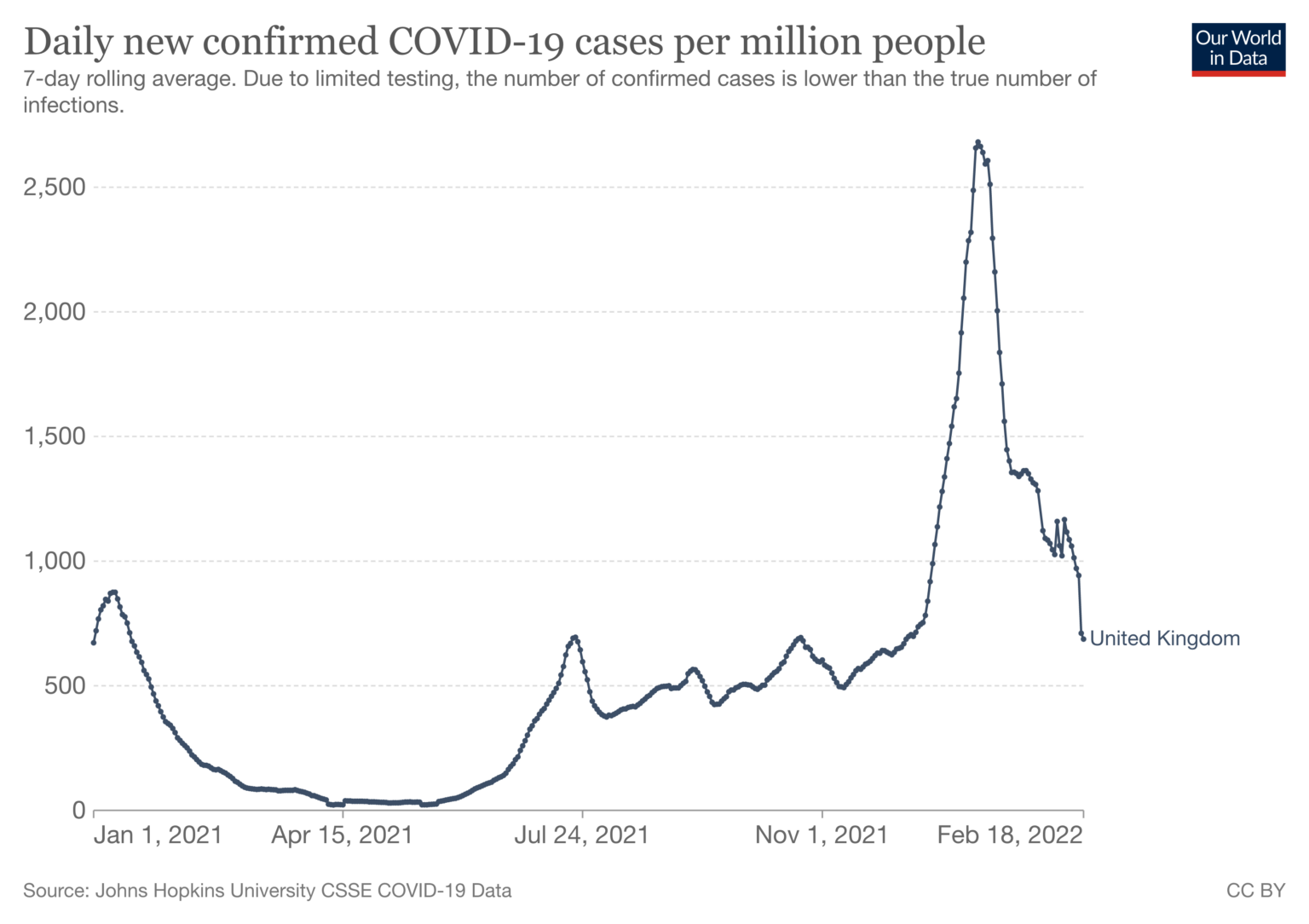OF THE
TIMES
For mange mennesker fastholder forestillingen om, at psykopater hovedsageligt er mordere eller straffefanger. Den brede offentlighed er ikke blevet uddannet til at gennemskue de stereotype sociale opfattelser og indse, at psykopater kan være entreprenører, politikere, administrerende direktører og andre succesrige individer, som måske aldrig ser indersiden af et fængsel.
You have never heard about the Earths Precession? well... it happens with abt. 26.000 years cycle...
Det er et tegn på dumhed at gøre det samme igen og igen og tro på at resultatet vil blive anderledes. For blot nogle få måneder siden skrev de...
De spændinger som eksisterede mellem ukrainere og russere er blevet voldsomt styrket over de seneste 30 år af Vestlige interessegrupper, jævnfør...
Jeg håber at andre end jeg vil læse denne artikel som burde få folk til at reflektere lidt over hvad der sker og de dybere implikationer.
What is the reason for Meteor looks green in the earth atmoshphare? And what element is it? If you have any suggestion then please reply. <a...
To submit an article for publication, see our Submission Guidelines
Læserkommentarer afspejler ikke nødvendigvis synpunkterne hos de frivillige, redaktører, og direktører ved SOTT.net eller Quantum Future Group.
Nogle ikoner der optræder på denne side blev skabt af: Afterglow, Aha-Soft, AntialiasFactory, artdesigner.lv, Artura, DailyOverview, Everaldo, GraphicsFuel, IconFactory, Iconka, IconShock, Icons-Land, i-love-icons, KDE-look.org, Klukeart, mugenb16, Map Icons Collection, PetshopBoxStudio, VisualPharm, wbeiruti, WebIconset
Powered by PikaJS 🐁 and In·Site
Original content © 2002-2024 by Sott.net/Signs of the Times. See: FAIR USE NOTICE



Læserkommentarer
dig vores Nyhedsbrev